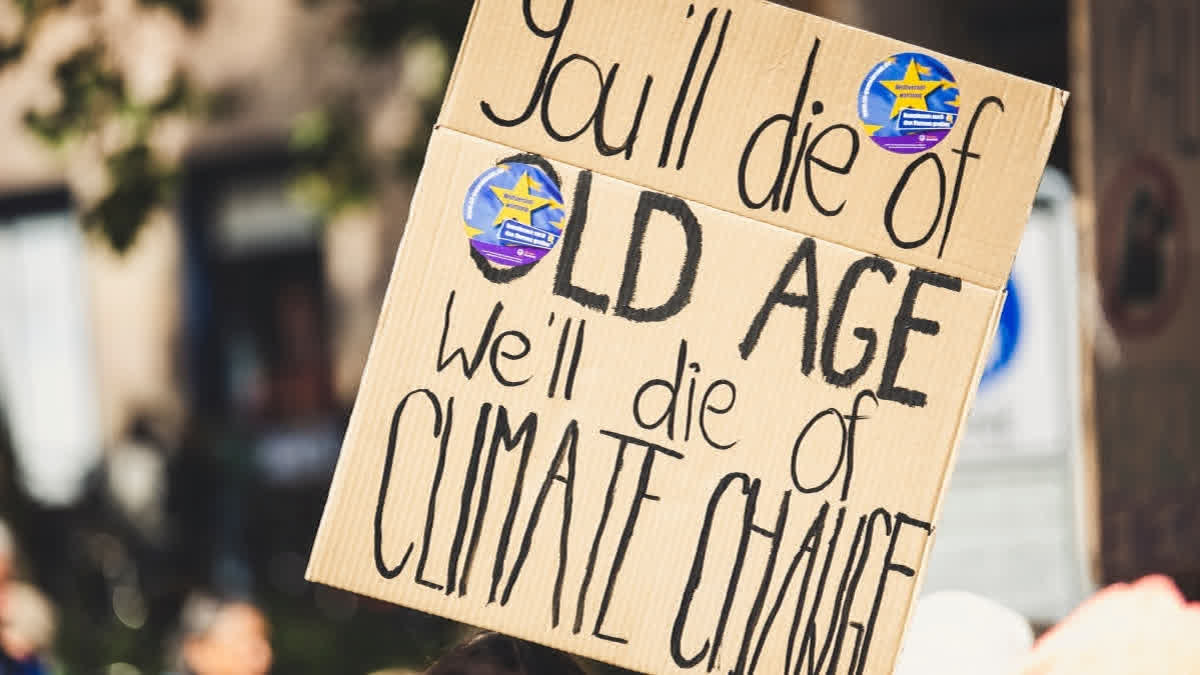Hyderabad/New Jersey: Ahead of the much-anticipated G20 Summit, which is scheduled to take in New Delhi, Climate Central, a non-advocacy, non-profit science and news organization, has reflected on the increased temperatures between June and August 2023. Climate change could be a top for intense discussion during the G20 Summit, which will be attended by leaders of 19 countries and representatives of the European Union.
In a press statement, Climate Central stated that not one of 180 countries and 22 territories in their attribution analysis of global temperatures escaped the influence of climate change between June and August 2023.
The non-profit science organization further noted that approximately 7.95 billion people, that is 98 per cent of the entire human population, experienced temperatures that were made at least two times more likely by heat-trapping carbon pollution in Earth’s atmosphere during the hottest boreal summer in recorded history.
Also read: As G20 leaders prepare to meet in recently flooded New Delhi, climate policy issues are unresolved
It further said that during June and August 2023, 6.2 billion people experienced at least one day of average temperatures made at least five times more likely by climate change –the maximum value calculable by the Climate Shift Index, Climate Central’s global attribution system.
"Between June and August, nearly 2.4 billion people across 41 countries or territories were exposed to more than 60 days with temperatures reaching five on the Climate Shift Index," Climate Central added.
It also observed that nearly half of the global population which is 3.9 billion people experienced 30 or more days between June and August with temperatures made at least three times more likely by climate change. "For 1.5 billion, temperatures during every day of the period reached that level," it added.
Climate Central in its report also noted that the influence of climate change was inequitably distributed throughout the world, with residents of G20 nations exposed, on average during the period, to 17 days of temperatures made at least three times more likely.
"Meanwhile, residents of the United Nations’ Least Developed countries (47 days) and Small Island Developing States (65) were exposed to far more days of three or above on the Climate Shift Index," it added.
Dr Vice Pershing, Climate Central's Vice President for science, said “Virtually no one on Earth escaped the influence of global warming during the past three months. Carbon pollution is clearly responsible for this season’s record-setting heat.”
Key India findings:
- Three Indian states experienced more than 60 days at CSI level 3 or higher: Kerala, Puducherry, Andaman and Nicobar
- Eleven Indian states experienced average temperatures 1°C or more above the long-term (1991-2020) average
- Five Indian states had a summer average CSI above 3: Kerala, Andaman and Nicobar, Puducherry, Meghalaya, Goa
Other Key Findings:
- The Earth just had its hottest Northern Hemisphere summer on record, and many parts of the globe experienced record-shattering and dangerous heat from June through August.
- Analysis using the Climate Shift Index (CSI), Climate Central’s daily temperature attribution system, finds that human-caused climate change made the unprecedented heat far more likely.
- Nearly half of the world’s population experienced at least 30 June-August days with a CSI level 3 or higher — heat made at least three times more likely by climate change.
- On each day in June-August, at least 1.5 billion people felt a very strong influence of climate change (CSI level 3 or higher).
- Heat at CSI level 3 or higher persisted for at least half the June-August period in 79 countries throughout Central America, the Caribbean, the Arabian Peninsula, and parts of Africa.
- Countries with the lowest historical emissions experienced three to four times more June-August days with CSI level 3 or higher than G20 countries (the world’s largest economies)
Also read: Human-caused climate change may lead to 1 billion premature deaths over next century: Study



